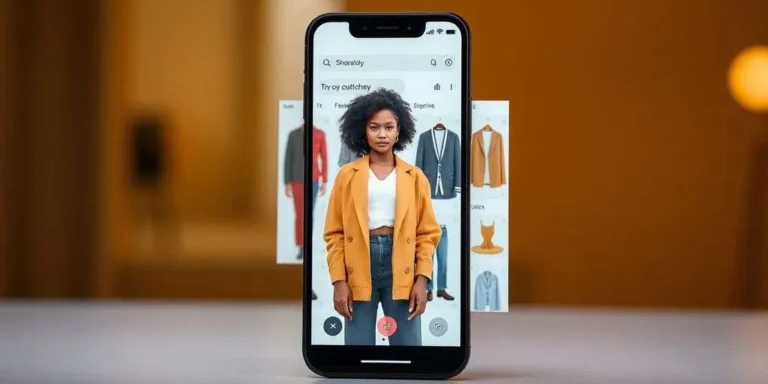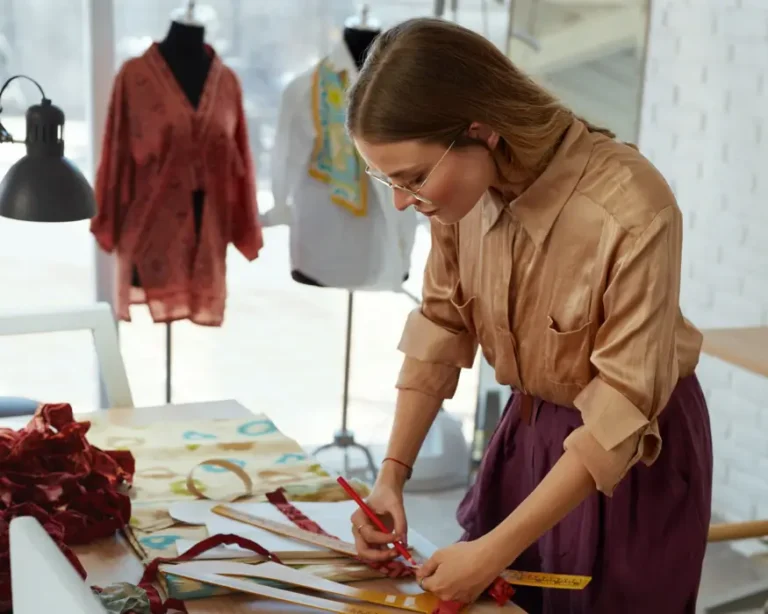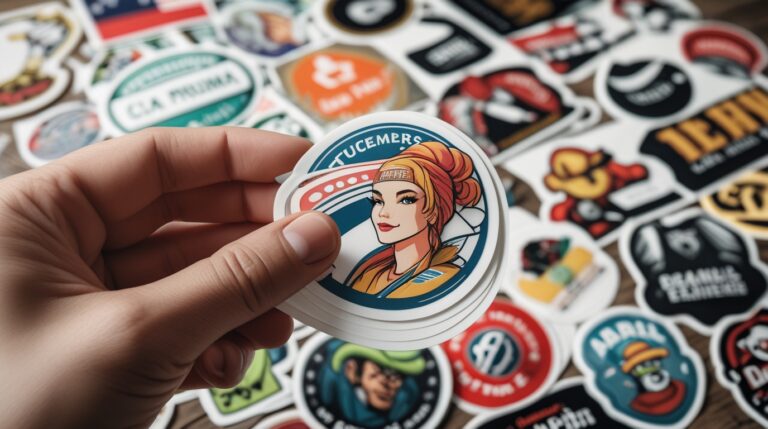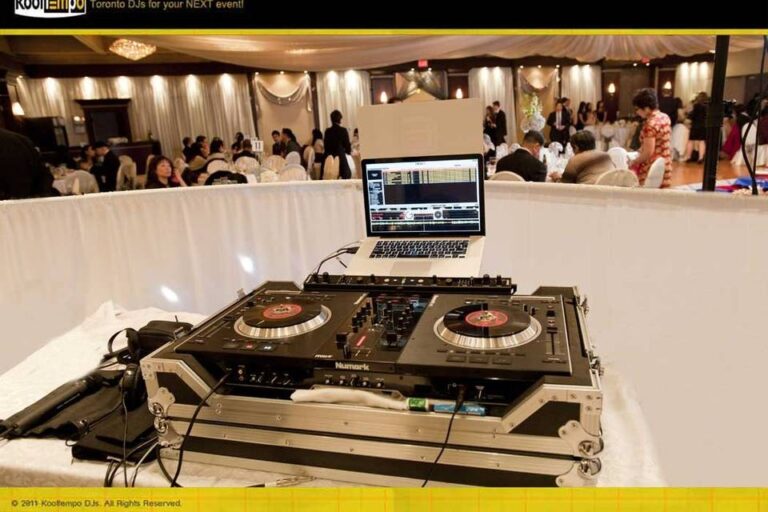New York City stands as a pulsating epicenter of fashion innovation, with its designers continuously shaping and redefining the global fashion landscape. From the high-profile runways of New York Fashion Week to the edgy street styles of Brooklyn, NYC fashion designers are powerful tastemakers. Their influence extends far beyond the city’s five boroughs, impacting fashion capitals like Paris, Milan, London, and Tokyo. This article explores how NYC fashion designers drive global trends, challenge conventions, and foster a new generation of creative talent.
The Legacy of NYC as a Fashion Capital
New York City’s rise as a global fashion powerhouse dates back to the early 20th century. The Garment District once produced more than 90% of America’s clothing, serving as the industrial heart of American fashion. Designers like Claire McCardell, Halston, and Donna Karan were pioneers who laid the foundation for what NYC fashion would become—dynamic, practical, and bold.
Over the decades, the city has nurtured a diverse array of talent. Its fashion schools, particularly the Fashion Institute of Technology (FIT) and Parsons School of Design, have produced iconic figures such as Marc Jacobs, Tom Ford, and Alexander Wang. These institutions not only emphasize technical skill but also encourage students to challenge traditional boundaries—something that has defined NYC fashion.
Innovation at the Core of NYC Fashion Designers
What sets NYC fashion designers apart is their relentless innovation. The city’s melting pot of cultures, combined with a fast-paced lifestyle, fuels designers to experiment with textures, silhouettes, and materials. Unlike traditional fashion houses that may rely on heritage and continuity, NYC designers often strive for disruption and evolution.
Designers like Virgil Abloh, though based in Chicago, found a second home in NYC, where his streetwear-infused luxury challenged the notions of high fashion. Meanwhile, brands like Telfar have rewritten the rules with their motto “Not for You — For Everyone,” highlighting NYC’s unique embrace of inclusivity and accessibility.
Street Style as a Global Influence
Street style in NYC is more than just casual wear; it’s a cultural statement. From the graffiti-lined subways to Harlem’s bold aesthetics and the hipster vibes of Williamsburg, the city’s streets are fashion runways in themselves. NYC fashion designers draw from this vibrant street culture and reinterpret it in their collections, which in turn influences designers and consumers worldwide.
The rise of streetwear as a dominant global trend can be directly linked to NYC’s cultural movements. Labels such as Supreme started as small-scale skate shops but have grown into global brands, thanks to their authentic NYC identity. Designers incorporate urban influences into luxury fashion, making street style an undeniable force on international runways.
NYFW: A Platform for Global Recognition
New York Fashion Week (NYFW) serves as a launchpad for emerging designers and a showcase for established ones. It’s one of the “Big Four” fashion weeks, alongside those in Paris, Milan, and London. NYFW gives designers a global platform to present their work to media, buyers, influencers, and fashion enthusiasts.
Over the years, NYFW has featured breakthrough moments from NYC fashion designers who went on to achieve global acclaim. From Proenza Schouler’s innovative tailoring to Prabal Gurung’s multicultural inspirations, NYFW allows for bold storytelling. These presentations are livestreamed, photographed, and reported worldwide, pushing NYC fashion trends to a global audience in real time.
Diversity and Inclusion as Trendsetters
One of the most defining aspects of NYC fashion designers is their commitment to diversity and inclusion. In a world increasingly demanding representation, NYC stands ahead of the curve. Designers here celebrate all identities—race, gender, size, and sexuality—offering fashion that speaks to real people, not just idealized versions of them.
Brands like Chromat and Pyer Moss are known for their inclusive casting and boundary-pushing designs. Their collections don’t just influence fashion—they start conversations. This socially conscious approach has gained traction globally, with international brands following the lead of NYC-based designers in expanding representation in both design and marketing.
Sustainability and Ethical Practices
As sustainability becomes a non-negotiable part of fashion’s future, NYC fashion designers are leading the charge with innovative approaches to eco-friendly design. Labels like Mara Hoffman and Zero + Maria Cornejo incorporate organic fabrics, low-impact dyes, and local manufacturing processes. Their practices resonate with a global audience increasingly aware of fashion’s environmental footprint.
The city also hosts initiatives like the CFDA + Lexus Fashion* Initiative, encouraging designers to embed sustainability into their business models. These practices are setting new standards, inspiring both emerging and established global designers to rethink their production and supply chains.
Celebrity Collaborations and Pop Culture
NYC fashion designers often cross paths with the world of entertainment and pop culture, amplifying their global reach. Collaborations with celebrities—from Rihanna’s work with Adam Selman to Beyoncé’s support of LaQuan Smith—catapult these designers into the global spotlight. Pop culture plays a huge role in fashion dissemination, and when NYC designers are embraced by A-list stars, their influence grows exponentially.
These collaborations not only bring visibility but also shape public perception of trends. What celebrities wear off-duty or on red carpets often originates in NYC studios, further cementing the city’s status as a global fashion authority.
Digital Influence and Social Media
In the age of digital content, NYC fashion designers have mastered the art of online storytelling. Platforms like Instagram, TikTok, and YouTube have become essential tools for launching collections, building brand identity, and engaging directly with consumers. Designers like Sandy Liang and Brandon Maxwell use digital platforms not just to showcase clothes, but to share the narrative and values behind their brands.
The viral nature of digital fashion—be it a TikTok trend or an Instagram reel—has allowed NYC-born trends to travel across borders almost instantaneously. Global audiences are more connected than ever to the design aesthetics and cultural energy of New York City.
The Future: A Constant Evolution
As the fashion industry continues to evolve, NYC fashion designers are positioned to remain at the forefront of innovation. With new technology such as 3D printing, AI-assisted design, and augmented reality, these designers are embracing futuristic approaches while staying grounded in authenticity and culture.
Younger designers, often from immigrant or minority backgrounds, are bringing fresh perspectives to the scene. Their work reflects the complexity of modern identity and challenges homogeneous fashion narratives. As these voices grow louder, NYC’s impact on global fashion trends will only deepen.
Conclusion
The influence of NYC fashion designers on global trends is both profound and far-reaching. They are not merely following global fashion movements—they are setting the pace. Through bold innovation, cultural diversity, sustainability, and digital mastery, these designers continue to define what fashion means in the 21st century. Whether you’re watching runway shows in Paris or scrolling through fashion reels in Seoul, you’re likely witnessing the creative ripple effects of New York City’s unparalleled fashion scene.















